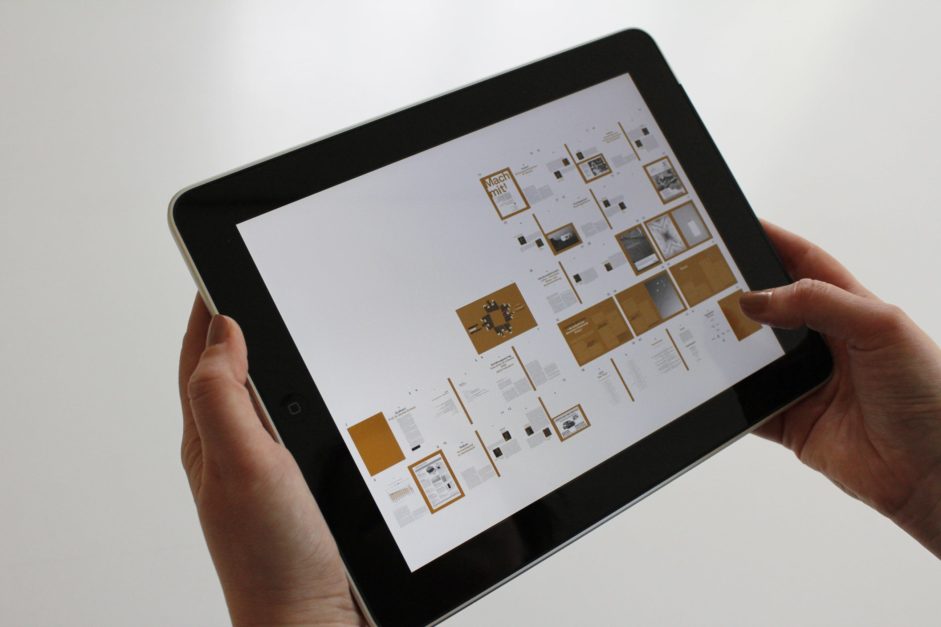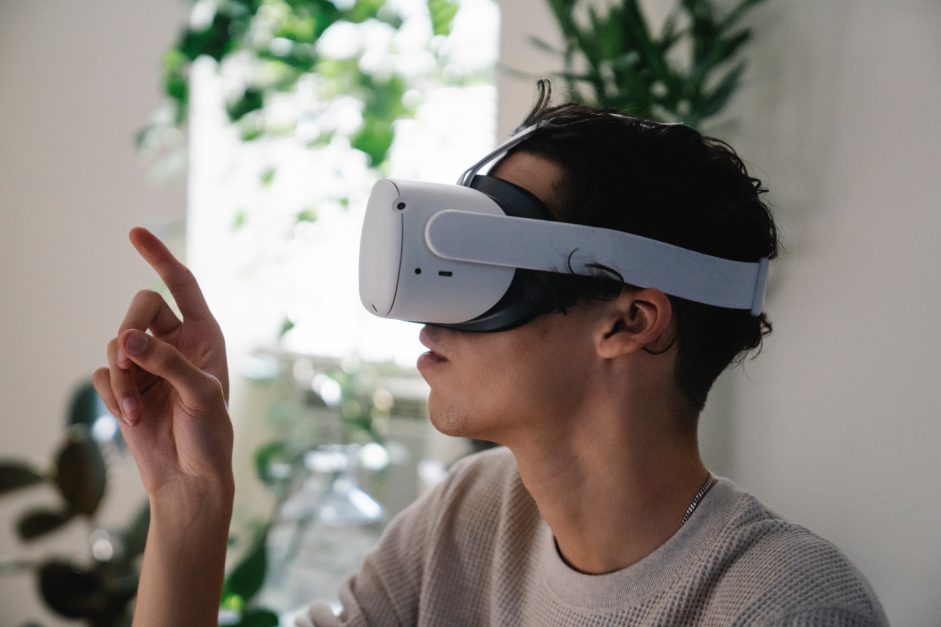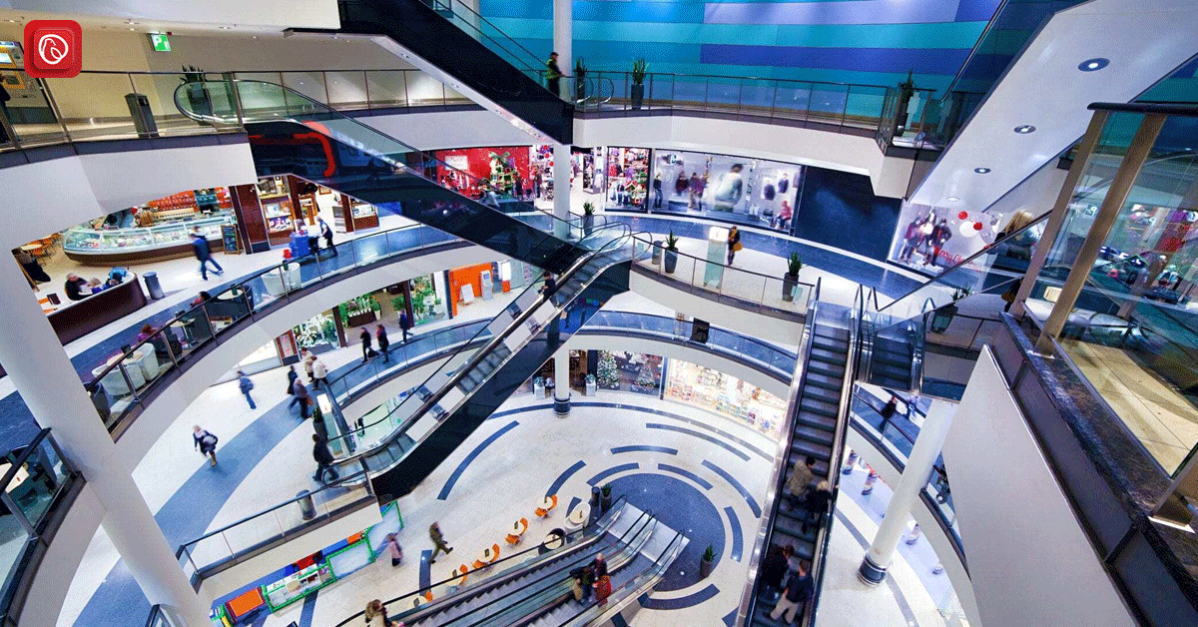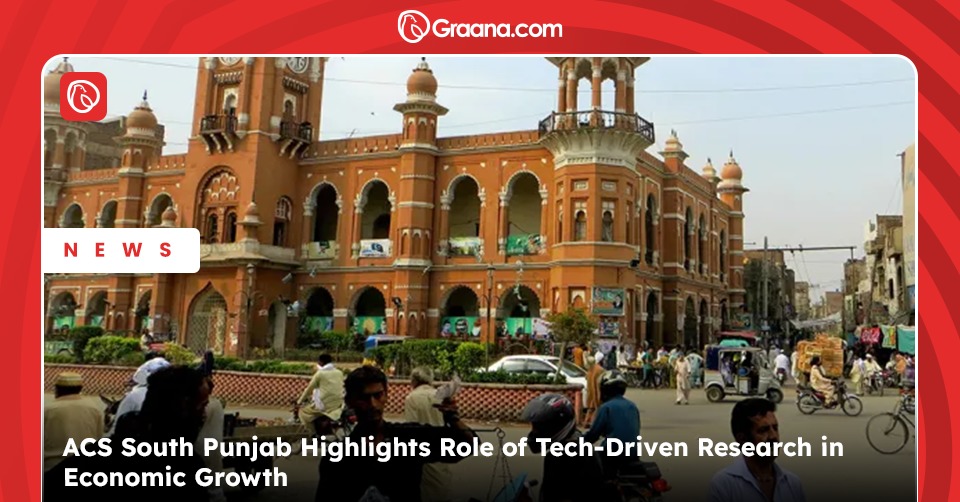Shopping malls have always been a hub for retail, entertainment, and social activity. However, in today’s fast-paced digital age, shoppers seek more than just a place to buy goods and services. They want an engaging and immersive experience that blends the physical and digital worlds.
It is where technology integration in shopping mall construction plays a crucial role. By incorporating innovative technologies like building information modelling, the Internet of Things, and virtual and augmented reality, shopping malls can create more efficient, sustainable, and engaging environments that cater to the needs and expectations of modern shoppers.
In this blog, Graana.com has discussed the technology integration in shopping mall construction, including its benefits and the technology used.
Benefits of Technology Integration in Shopping Mall Construction
Here are some of the advantages of integrating technology in the construction of shopping centres:
- Improved Building Design and Construction Process
- Energy Efficiency and Sustainability
- Enhanced Customer Experience
- Better Security and Safety Measures
Improved Building Design and Construction Process
Technology integration in shopping mall construction has significantly improved the building design and construction process. One of the main benefits of technology integration is the use of Building Information Modeling (BIM).
This software allows architects, engineers, and contractors to collaborate and create a 3D digital model of the building design. It allows for a more accurate and efficient design process, and the identification and mitigation of potential design errors or conflicts before construction begins.
In addition, technology integration allows for the use of advanced construction techniques such as prefabrication, modular construction, and 3D printing. These techniques can reduce construction time and costs, improve the quality of construction, and minimise the environmental impact of the construction process.
Moreover, technology integration can also improve the communication and collaboration between the project team members, leading to more efficient decision-making and problem-solving. This, in turn, can reduce project delays and costs.
Energy Efficiency and Sustainability
Another important benefit of technology integration in shopping mall construction is promoting energy efficiency and sustainability. Shopping malls consume large amounts of energy due to lighting, heating, cooling, and other building systems. By integrating technology, shopping mall owners and developers can significantly reduce their environmental impact and operating costs.
One of the leading technologies used for energy efficiency and sustainability in shopping mall construction is the Internet of Things (IoT). IoT sensors can be installed throughout the building to monitor and control energy usage in real-time. It allows building managers to optimise energy consumption and reduce waste, resulting in significant cost savings.
In addition, technology integration can also incorporate renewable energy sources such as solar panels, wind turbines, and geothermal systems, reducing the dependence on non-renewable energy sources and reducing the carbon footprint of the building.
Furthermore, the use of green building materials, such as low-emission paints and recycled materials, can also contribute to the sustainability of shopping mall construction.
Enhanced Customer Experience
Integrating technology in shopping mall construction also offers numerous benefits for enhancing the customer experience. In today’s digital age, customers want more than just a place to shop – they want an engaging and immersive experience that blends the physical and digital worlds. Technology integration can help create such an experience by offering a range of interactive and interesting features.
One of the leading technologies used for enhancing the customer experience is digital signage. Digital signage can be used to display promotional messages, advertisements, and other relevant information. In addition, interactive digital displays can be used to provide customers with an engaging and immersive shopping experience. For example, interactive kiosks can offer customers personalised recommendations, virtual try-on capabilities, and real-time inventory information.
Moreover, augmented reality (AR) and virtual reality (VR) technologies can enhance the customer experience. AR technology can overlay digital information on the physical environment, allowing customers to interact with products in a more immersive and engaging way. VR technology can provide customers with a virtual shopping experience, allowing them to explore products and make purchasing decisions without leaving their homes.
Better Security and Safety Measures
Technology integration in shopping mall construction can also improve the security and safety measures of the building, ensuring the safety of customers and tenants. By using advanced security technologies, shopping mall owners and developers can create a secure environment that protects against theft, vandalism, and other security threats.
One of the main technologies used for security purposes is video surveillance. Advanced video surveillance systems with intelligent video analytics can help detect and prevent potential security threats, such as suspicious behaviour or unauthorised access. In addition, facial recognition technology can be used to identify potential security threats and track the movement of individuals in the mall.
Moreover, technology integration can also improve safety measures in the event of an emergency. For example, advanced fire alarm systems with real-time monitoring and notification capabilities can quickly alert authorities in the event of a fire, reducing response times and minimising damage.
Furthermore, technology integration can also include the use of contactless technologies, such as touchless entry systems and mobile payments, which can help minimise the spread of germs and bacteria, ensuring the health and safety of customers and tenants.
Technologies Used in Shopping Mall Construction
Following are different types of technologies that are used in the construction of shopping centres:
- Building Information Modeling (BIM)
- Internet of Things (IoT)
- Artificial Intelligence (AI)
- Virtual and Augmented Reality (VR/AR)
Building Information Modeling (BIM)
Building Information Modeling (BIM) is a technology used in shopping mall construction that allows architects, engineers, and contractors to collaborate and create a 3D digital model of the building design. BIM enables the integration of various design elements, such as building systems and materials, into a comprehensive model that can be used for the construction and management of the building.
BIM allows for a more accurate and efficient design process by providing a 3D digital model that can be used to visualise the building design and identify potential design errors or conflicts before construction begins. This can help reduce construction costs and minimise the risk of delays or rework during construction.
Moreover, BIM can also facilitate better communication and collaboration between project team members, leading to more efficient decision-making and problem-solving. BIM allows project team members to access and share information in real-time. This allows for a more coordinated and streamlined approach to construction.
In addition, malls can use BIM for facilities management, allowing building owners and managers to efficiently manage the building’s operations and maintenance. BIM models can be used to track and manage building systems, equipment, and materials, making it easier to identify and address maintenance issues and reduce operating costs.
Internet of Things (IoT)

The Internet of Things (IoT) is another technology used in shopping mall construction that can provide several benefits. IoT involves connecting devices and sensors to the internet, enabling them to collect and exchange data. In shopping mall construction, IoT can monitor and control various systems, such as lighting, HVAC, and security.
One of the major benefits of IoT in shopping mall construction is energy efficiency. By using sensors and automation systems, IoT can optimise the use of energy, reducing energy waste and operating costs. For example, IoT can be used to adjust lighting and HVAC systems based on occupancy levels and ambient conditions, minimising energy use while maintaining a comfortable environment for shoppers.
Moreover, malls can also use IoT for predictive maintenance, allowing building managers to identify and address maintenance issues before they become significant problems. IoT sensors can collect data on building systems and equipment, such as HVAC units and elevators, to identify signs of wear and tear or potential malfunctions. This can help reduce downtime and repair costs, as well as improve the overall performance and reliability of the building.
In addition, IoT can enhance the customer experience by providing personalised and location-based services. For example, shoppers can receive personal offers and promotions based on their preferences and purchase history, or receive directions and recommendations based on their location within the mall.
Artificial Intelligence (AI)

Artificial Intelligence (AI) is a technology that is rapidly gaining popularity in shopping mall construction. AI involves the use of algorithms and machine learning to analyse and interpret data and make intelligent decisions based on that data. In shopping mall construction, AI can optimise building operations, enhance the customer experience, and improve security and safety measures.
One of the primary benefits of AI in construction management is operational efficiency. By using AI-powered systems, shopping malls can automate various tasks, such as energy management, maintenance scheduling, and inventory management. It can reduce operating costs, improve productivity, and enhance the overall performance of the building.
Moreover, shopping malls can also use AI to provide personalised and interactive experiences for shoppers. For example, AI-powered chatbots can be used to provide shoppers with real-time assistance and recommendations. Whereas, malls can use virtual assistants to provide personal shopping experiences based on shoppers’ preferences and behaviour.
In addition, AI can enhance security and safety measures in shopping malls. Malls can use AI-powered surveillance systems to detect and respond to potential threats, such as suspicious behaviour or unauthorised access. AI can also analyse foot traffic patterns and identify potential safety hazards, such as overcrowding or blocked exits.
Virtual and Augmented Reality (VR/AR)

Virtual and Augmented Reality (VR/AR) is a technology that has the potential to revolutionise the way shopping malls are designed, constructed, and experienced. VR/AR involves the use of computer-generated images and sensory input to create immersive and interactive virtual environments.
In shopping mall construction, VR/AR can be used to provide a range of benefits. For example, VR/AR can be used to create virtual models of the shopping mall. This allows designers and architects to visualise and test different design concepts before construction begins. This can help identify potential design flaws and improve the overall efficiency of the construction process.
Moreover, shopping malls can use VR/AR can to enhance the customer experience by providing immersive and interactive experiences. For example, shoppers can use VR/AR to try on clothes or see how furniture would look in their homes before making a purchase. Moreover, malls can use VR/AR to create interactive displays and advertisements, allowing shoppers to engage with products in new and innovative ways.
In addition, shopping centres can also use VR/AR to provide training and safety simulations for employees. For example, employees can use VR/AR to practise emergency procedures or learn how to operate equipment in a safe and controlled environment.
Frequently Asked Questions (FAQs)
Following are some of the most common questions and their answers for technology integration in shopping malls.
Q: What is technology integration in shopping mall construction?
A: Technology integration in shopping mall construction refers to the incorporation of technological advancements into the design, construction, and operation of shopping malls. This can include the use of advanced software and hardware for design and project management, the incorporation of sustainable technologies to reduce environmental impact, and the integration of digital technologies to enhance the customer experience.
Q: What are some examples of technology integration in shopping mall construction?
A: Examples of technology integration in shopping mall construction include the use of building information modelling (BIM) software to improve project management and reduce errors, the incorporation of green building technologies such as solar panels and energy-efficient HVAC systems to reduce environmental impact and lower operating costs, and the integration of digital technologies such as interactive displays and mobile apps to enhance the customer experience.
Q: How does technology integration benefit shopping mall construction?
A: Technology integration in shopping mall construction can benefit the industry in numerous ways. It can help to streamline project management, reduce errors, and improve communication between stakeholders. It can also help to reduce environmental impact and lower operating costs by incorporating sustainable technologies. Additionally, the integration of digital technologies can enhance the customer experience by providing interactive displays, personalised recommendations, and other features that improve convenience and engagement.
Q: What challenges are associated with technology integration in shopping mall construction?
A: Challenges associated with technology integration in shopping mall construction include the initial cost of implementing advanced technologies, the need for specialised expertise to manage and maintain these technologies, and the potential for technical glitches or malfunctions that could disrupt operations. Additionally, there may be regulatory or compliance issues that need to be addressed when incorporating new technologies.
Q: How can technology integration improve sustainability in shopping mall construction?
A: Technology integration can improve sustainability in shopping mall construction by incorporating sustainable technologies. This includes energy-efficient lighting, HVAC systems, and water conservation measures. Additionally, the use of BIM software can help to optimise building designs for maximum energy efficiency and minimise waste during construction.
Smart building technologies can also help to monitor and reduce energy consumption and other resource usage over time. Overall, technology integration can help to reduce the environmental impact of shopping mall construction and operation while also lowering costs and improving efficiency.
Q: What are some emerging technologies that could be incorporated into shopping mall construction in the future?
A: Some emerging technologies that could be incorporated into shopping mall construction in the future. This includes virtual reality and augmented reality for immersive shopping experiences, blockchain for secure and transparent supply chain management, and the Internet of Things (IoT) for real-time monitoring and optimization of building systems.
Additionally, the use of 3D printing and modular construction techniques could help to streamline construction and reduce waste. Whereas, malls can use drones and robotics for maintenance and other tasks. For more related information, visit Graana Blog.




